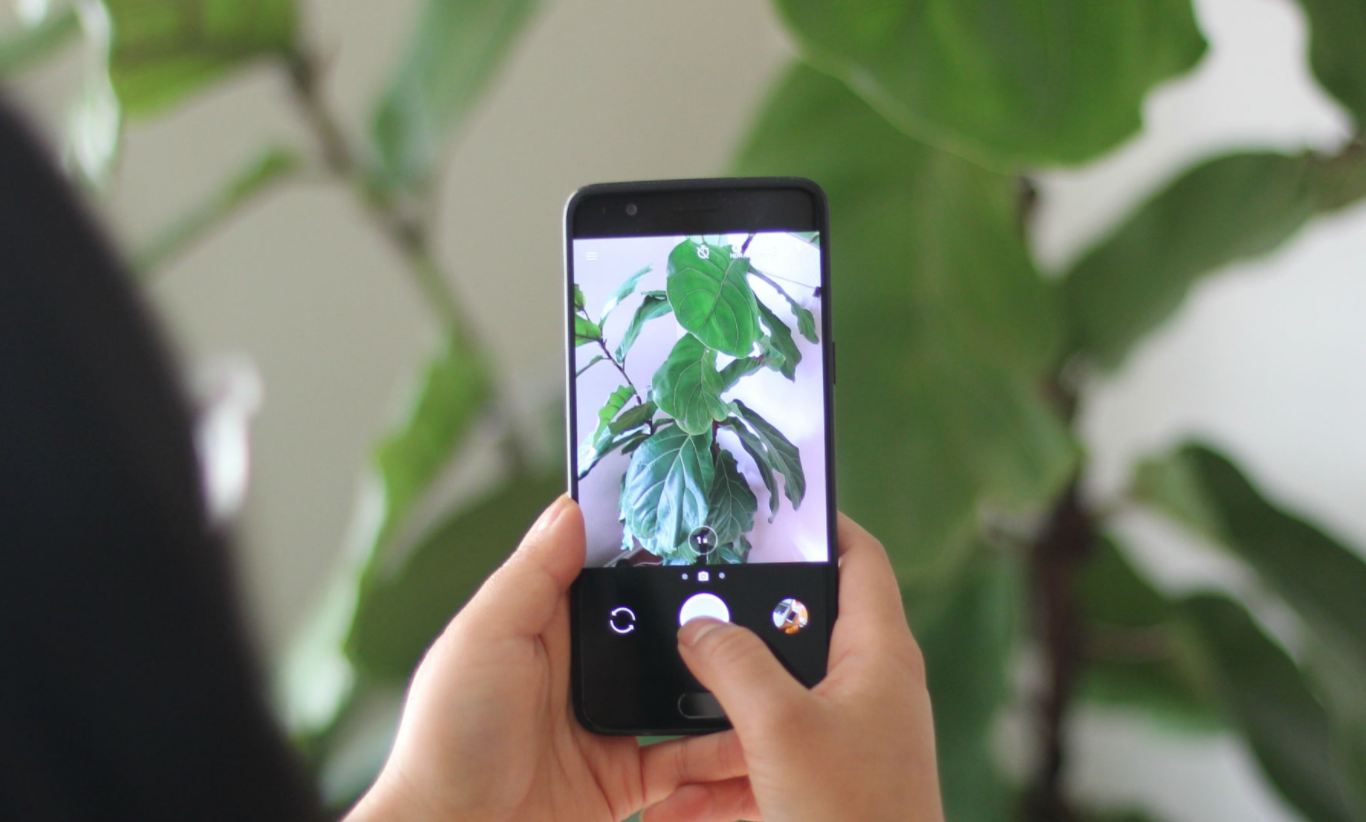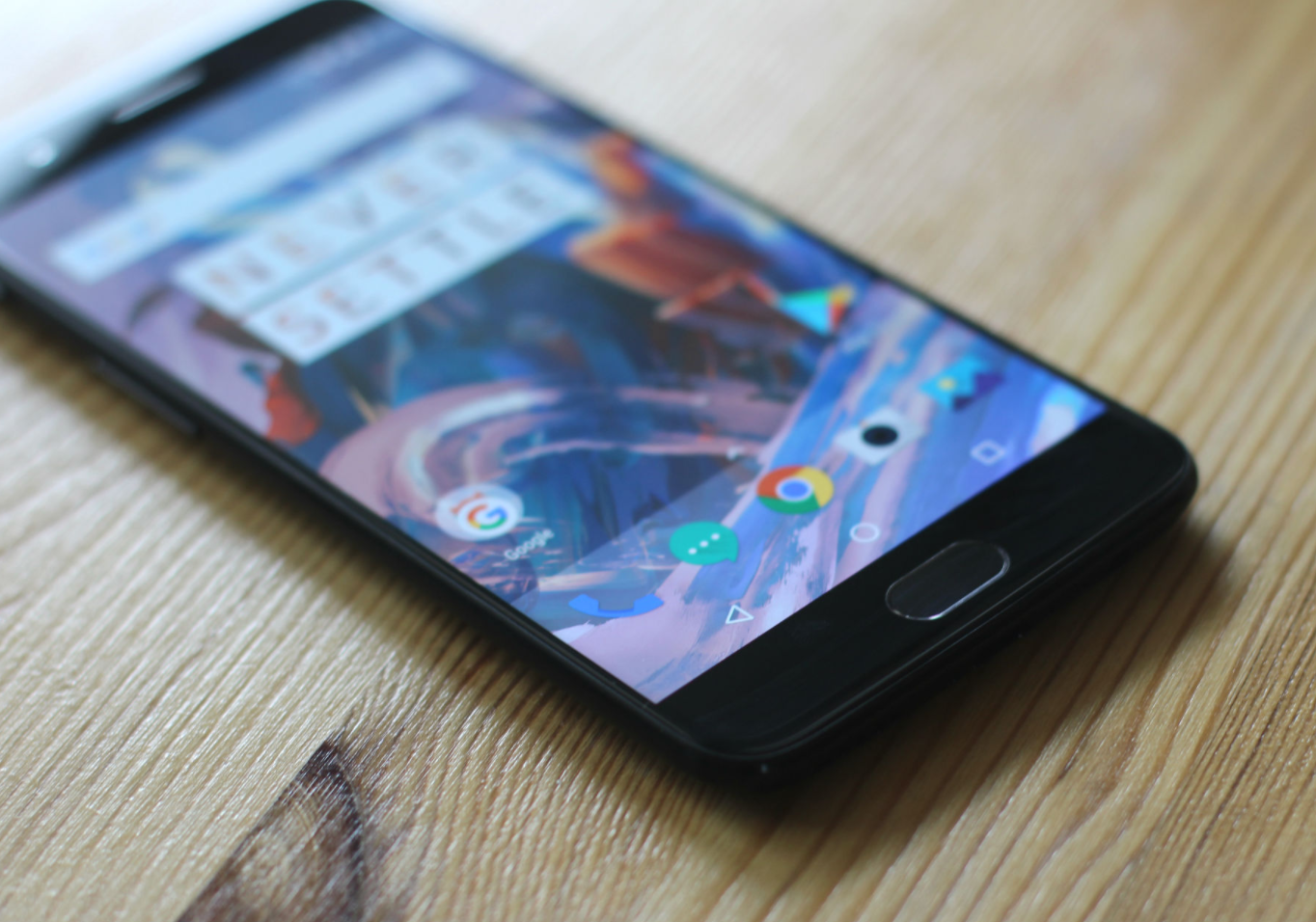OnePlus 5: Rising Above the Rumors

The OnePlus 5 is a device that has gotten a surprising amount of scrutiny in the past few months. The company that made the phone, OnePlus, has flown under the radar of American attention for the past few years, previously reaching only a small niche of the market who wanted a cheap, unlocked smartphone of premium quality.
However, as the Chinese manufacturer has risen in status and proliferation, it’s also run into its fair share of psuedo-controversies and Android fan outrages. I’ve already addressed a number of these, but they’re worth noting if you are interested in buying this phone. They range from some problems with the display to some “reversed” stereo audio issues, but the majority of them are run-of-the-mill errors that come with just about every smartphone to ever be released.
So while these are certainly worth mentioning, I’m going to attempt to set aside the “controversies” and give you my real impression of using this phone as a daily driver, which I’ve been doing for weeks now.
Design and Display

Let’s start with this: the OnePlus 5 is a beautiful, well-crafted smartphone that feels great in the hand. It’s light, thin, and just about the perfect size. On the back, it looks unmistakably like the iPhone 7 Plus, which has been fixated on by a lot of coverage about this phone. However, the truth is that it looks even more like the Oppo R11, which is a Chinese phone that also just came out that you probably haven’t heard much about. OnePlus shares a parent company with Oppo—and therefore have made some very similar choices in terms of design and material. In both cases, it’s two minor design choices that are shared among these three phones: the circular speaker grill on the bottom and the shape of the dual cameras on the back.
The lookalike nature of the back of the phone will undoubtedly bug some people, but if you’ve been following the trends in smartphone design over the years, it’s not the first time you’ve heard that claim. Given that it was an insult hurled at the Google Pixel last year should tell you that it doesn’t mean much anymore. So never mind all of that—what you need to know is that the OnePlus 5 is a really fantastic-looking phone that will impress your friends when you pull it out. I especially love the matte texture to the aluminum on the back that is non-reflective and subtle.
On the front, you’ve got a 5.5-inch display, fit into a 6.07 × 2.92-inch body, which amounts to a 73 percent screen-to-body ratio. The reason I mention that ratio is because other 2017 smartphones have made concerted effort to increase that number—most notably, the LG G6 and the Galaxy S8. These two smartphones have a decidedly more modern look compared to the OnePlus 5—there’s no doubting that.
However, don’t be confused: the OnePlus 5 does not look or feel like an outdated phone quite yet. It’s still got that great notification slider on the side, the fingerprint scanner on the front, and a (!) headphone jack on the bottom. The bezels aren’t massive here or anything either, so unless you are an absolute bezel-hater, the OnePlus 5 is still a great looking phone from the front—and is really quite similar to previous iterations of OnePlus flagships.
Performance and Battery Life

-

-

-

-

-

-

-

-

-

-

-

-

-

-

-

-

-

-

-

-

-

-

-

-

-

-

-

-

-

-

-

-

-

-

-

-

-

-

-

-











































